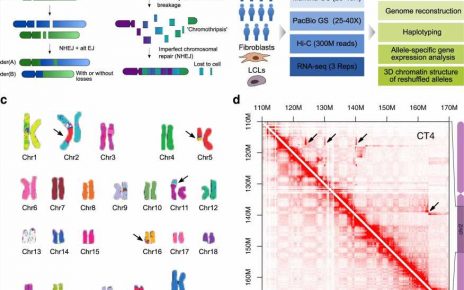NEW YORK (Reuters Health) – A deaf resident who signs to communicate has been successfully integrated into a residency program at Johns Hopkins University, according to a new report.
The authors describe how they were able integrate a deaf and American Sign Language-signing resident into their radiation-oncology program at Hopkins using a five-step plan.
“The importance of diversity and creating inclusive environments has been increasingly acknowledged in medicine in recent years,” said Dr. Colin Hill, a resident in the department of radiation oncology and molecular radiation sciences at the Johns Hopkins University School of Medicine, in Baltimore, Maryland, and Dr. Brandi Page, assistant professor in the department of radiation oncology and molecular radiation sciences at Hopkins.
“However, there has been limited attention in such efforts beyond gender, racial, or ethnic diversity,” they told Reuters Health in a joint email on behalf of all the authors.
With the new paper in Academic Medicine, “we promote awareness of a small population of deaf or hard-of-hearing physicians who may communicate in American Sign Language (ASL) and how to create an inclusive environment for such physicians during their residency training,” Drs. Hill and Page added. “We hope our five-step process will become a framework that can be implemented at medical centers to promote increased recruitment and retention of ASL-signing resident physicians in all areas of medicine.”
The authors suggest that other medical centers use this experience to implement similar programs.
“The key to success will be clear and timely communication between program leadership and the trainees,” Drs. Hill and Page said. “With a good understanding of the trainee’s communication preferences and needs, accommodations can be provided effectively when a customized approach is utilized.”
The team at Hopkins started work on their program in March of 2017 after the radiation-oncology residency program matched with a deaf resident who preferentially used ASLA and who was scheduled to start at Hopkins in July of 2018.
The authors describe the five-step transition plan they developed to accommodate that resident.
First, key stakeholders were engaged to promote awareness of the value of learners with disabilities to patients, providers, and the overall academic experience.
Second, the team negotiated a contract with a qualified ASL interpreting agency and then, through that agency, hired qualified interpreters. In general, they write, it’s best if the interpreters have experience working in medical settings or are preferred by or have previously worked with the trainee.
Third, the team made sure adjustments to work areas were made to create an environment that met the needs of their deaf trainee (that is, using the DeafSpace approach) and made sure that seating accommodations were made for the interpreters.
Fourth, the faculty and staff were trained to address patient concerns and questions.
Fifth, the team developed an engaging and informational 90-minute presentation for faculty and staff, titled “Effectively Working With Deaf or Hard of Hearing Colleagues,” in which speakers described the optimal use of interpreters and preferred seating arrangements to provide the best accessibility for communication.
The team arranged to have multiple sessions so that all of the department members could attend. Beyond that, they encouraged participation from connecting departments, including medical oncology and surgical oncology.
“As the pandemic has demonstrated, disability policy can also be very beneficial even for others without a disability, and many changes that may benefit deaf or hard-of-hearing physicians in training may also benefit other patients and colleagues who do not have a disability or have different types of disability,” Drs. Hill and Page said. “As one example, improved institutional policy with interpreting services could also be enormously beneficial to non-English speaking patients.”
SOURCE: https://bit.ly/2ZZ8gcv Academic Medicine, online October 10, 2021
Source: Read Full Article



